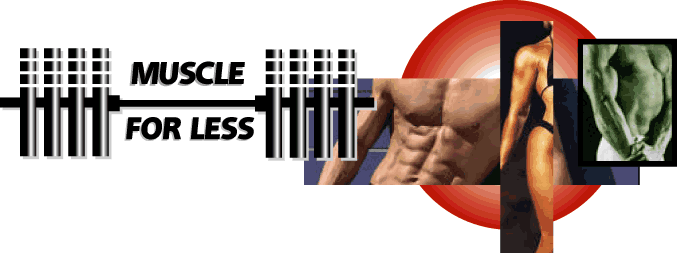Click Here For Your Free Muscle Building Magazine Subscription
Advanced Strength Training Techniques
Advanced strength training techniques can help individuals push their limits, break plateaus, and make significant gains in muscle strength and size. Among the various advanced techniques available, pyramid training, single rep training, partial reps, and negative reps are highly effective methods used by experienced athletes and advanced fitness enthusiasts.
Pyramid Training
Pyramid training is a popular strength training method that involves progressively increasing or decreasing the weight lifted with each set. The structure of a pyramid workout typically involves starting with lighter weights and higher repetitions, then gradually increasing the weight while decreasing the repetitions with each subsequent set. This approach helps to target different muscle fibers and challenge the muscles in varying ways throughout the workout.
Beginners can start with a pyramid structure of 12-15 reps with a light weight, then decrease the reps to 8-10 and increase the weight, before moving to 4-6 reps with heavy weight. This method helps warm up the muscles and prepare them for heavier lifts, ultimately leading to greater strength gains over time.
Experienced lifters can also employ reverse pyramid training, which involves starting with heavy weights and low repetitions and then decreasing the weight while increasing the reps in subsequent sets. This method can be particularly effective for building strength and muscle density as it allows for maximal effort on the heaviest sets.
Single Rep Training
Single rep training, also known as one-rep max (1RM) training, is another advanced strength training technique that focuses on lifting the maximum amount of weight for a single repetition. This approach is commonly used by powerlifters and strength athletes to test and improve their absolute strength levels. Performing heavy singles requires a high degree of focus, technique, and mental preparation to execute the lift safely and effectively.
To incorporate single rep training into a workout routine, athletes often follow a periodized program where they gradually build up to their 1RM over several weeks or months. This method allows for sufficient adaptation and recovery between heavy lifting sessions and helps minimize the risk of injury associated with lifting near-maximal weights.
Partial Reps
Partial reps involve performing a movement through a limited range of motion, focusing on specific joint angles or sticking points in a lift. This technique can help target weak points in a lift and improve overall strength and muscle development. Partial reps are commonly used in powerlifting and bodybuilding to increase muscle size and strength in specific areas.
For example, performing partial squats can help improve strength in the top portion of the squat movement, while partial bench presses can target the lockout phase of the lift. By including partial reps in a training regimen, athletes can address specific weaknesses, improve joint stability, and break through strength plateaus.
Negative Reps
Negative reps, also known as eccentric training, involve focusing on the lowering phase of a lift where the muscle lengthens under tension. This phase of the movement is often overlooked but plays a crucial role in muscle growth and strength development. Negative reps can help increase muscle damage, stimulate muscle protein synthesis, and promote greater muscle hypertrophy.
To incorporate negative reps into a workout, individuals can use a partner or resistance bands to assist with the concentric (lifting) phase of the lift and then slowly lower the weight on their own, focusing on controlling the descent. This eccentric overload places greater stress on the muscle fibers, leading to greater muscle growth and strength gains over time.
In conclusion, advanced strength training techniques such as pyramid training, single rep training, partial reps, and negative reps can provide a unique challenge and stimulus for athletes looking to maximize their strength gains. By incorporating these methods into a well-structured workout program and ensuring proper technique and form, individuals can continue to progress, break through plateaus, and achieve their strength training goals.
For more information go to Free Strength Training Magazine Subscription.
Send us your name and mailing address to get your Free Muscle Building Supplements Catalog Click Here
Click Here For Your Free Muscle Building Magazine Subscription
These statements have not been evaluated by the FDA. Our products are not intended to treat, prevent, or cure any disease. The products for sale here are not recommended for anyone under the age of 21.
